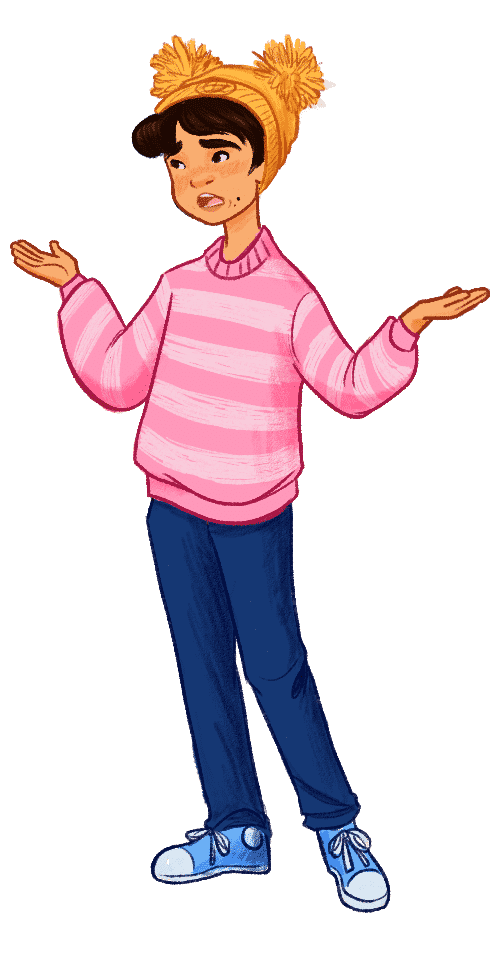Explore
Harming the Soil
What are conventional agricultural (farming and gardening) practices, and how do they harm the soil?
Soil is affected by how we treat it. For many years, often unintentionally, people have changed soil from its natural, healthy state by removing trees and grass, moving soil through tilling or plowing, and building cities, roads, and other developments.
Many of our favorite foods, fabrics, and other products come from plants! Because of this high demand for plant products, people are continually inventing new agricultural practices that produce bigger and better plants, greener lawns, and more fruits and vegetables per plant. Though each of these practices come with important benefits, they also negatively impact soil and communities.
The word agriculture is pretty common. But what’s it really mean? Agriculture is the art and science of digging up soil to grow crops and raise livestock.

What is the biggest cause of degrading soil health?
Deforestation and urban-industrial development are major culprits degrading soil’s health, but the greatest damage is done by conventional agricultural practices used by many farmers and gardeners. This seems contradictory, since these plant-lovers want healthy soil to grow food. So what is happening?
Over the last century, the increased demand for more edible and non-edible crops has dramatically changed agricultural practices. When demand was less, more people grew a variety of crops on small farms. As demand exploded, farming practices shifted so farmers could harvest greater yields, and these many small multi-crop farms started to be replaced by fewer large single-crop farms. These ways of working the land for higher yield are called conventional agricultural practices.
Conventional Agricultural Practice
Using Synthetic (Man-made) Fertilizers
Fertilizers can be organic (natural and carbon-based, like organic manure and compost) or synthetic (man-made, with chemicals and inorganic materials).
Why use them? Each plant in our world requires a different mix of nutrients in different amounts. When only one crop is grown, the nutrients this plant needs most will be depleted. Fertilizers (organic and synthetic) are like vitamins for the soil - they add nutrients to soil when they are low.
Helpful or harmful? Synthetic, or chemical, fertilizers are quicker than organic fertilizers at getting nutrients into the soil in a form that can be absorbed by plants. They are helpful at first, but the negative impacts can be long term and far-reaching. Though helpful to plants, the chemicals kill beneficial soil organisms. When the fertilizer's chemicals leach down into groundwater or get washed into streams and lakes, these toxins harm the water and the organisms that live there. Some chemicals are harmful to the health of our own bodies when we eat or handle the plants!
Take a look at some of the chemical fertilizers below. Do you have any of these in your garage, shed, or school?
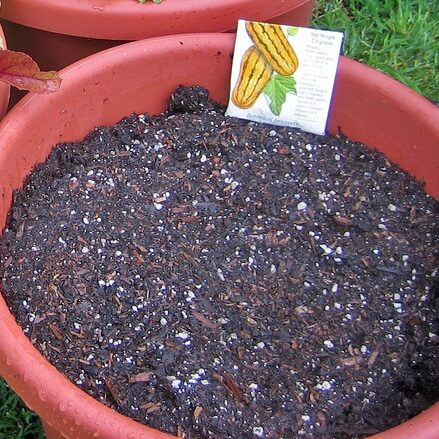
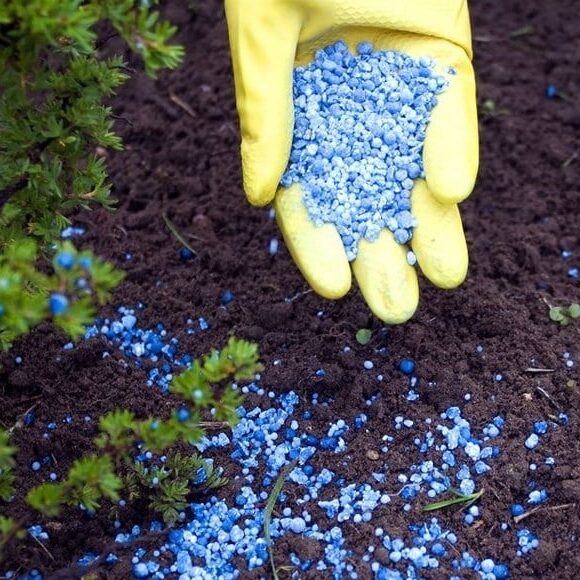
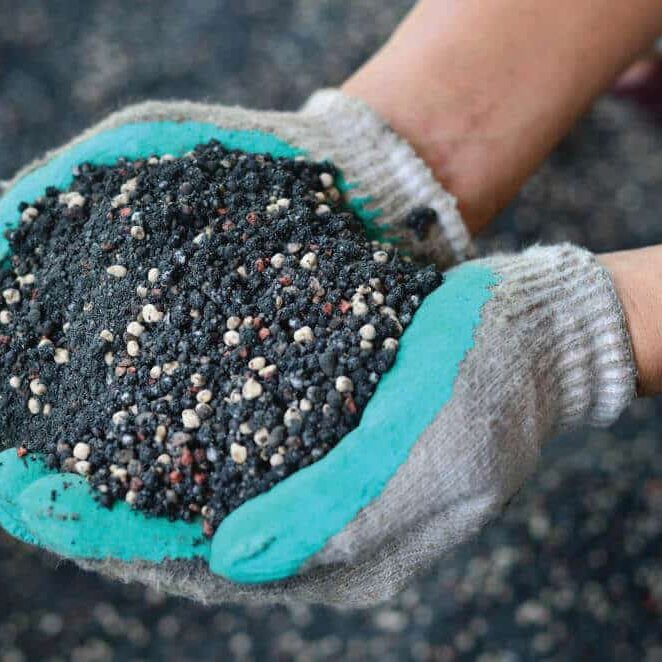


Conventional Agricultural Practice
Tilling the Soil
Tilling grinds up the top layer of soil to be more workable, kind of like flour used for baking.
Why till? By breaking up this top layer, it is easier to plant seeds and mix in fertilizer. Air, water, and plant roots can get deeper than they would be able to in hard compacted surface soils.
Helpful or harmful? Though tilling loosens the top layer, it actually compacts the soil under the tilled layer in the long-term, and breaks apart the top layer's soil structure that is responsible for storing air and water. Tilling exposes nutrient-rich top soil to water and wind erosion, and carbon is released into the air! The habitat of beneficial soil organisms is disrupted, killing many of them. Since the soil cannot hold as much water, and since those nutrient-providing microbes are gone, farmers must add in more and more water and fertilizers to keep their soil productive.
Conventional Agricultural Practice
Using Pesticides and Herbicides
Pesticides and herbicides are substances used to prevent weeds and pests when growing food.
Why use these? Pesticides kill insects and other organisms who eat or damage plants that people want to protect. Herbicides, a type of pesticide, kill undesired plants (weeds) that are taking nutrients or space from the crops farmers want to grow.
Helpful or harmful? These products may help by killing the pests and weeds we don't want. However, they also kill soil organisms that are helping move carbon from plant roots into the soil, as well as beneficial pollinators. They may even cover the crops we want to grow and eat in harmful chemicals! Handling or eating these plants can cause health problems when the toxic chemicals transfer onto or into our bodies.
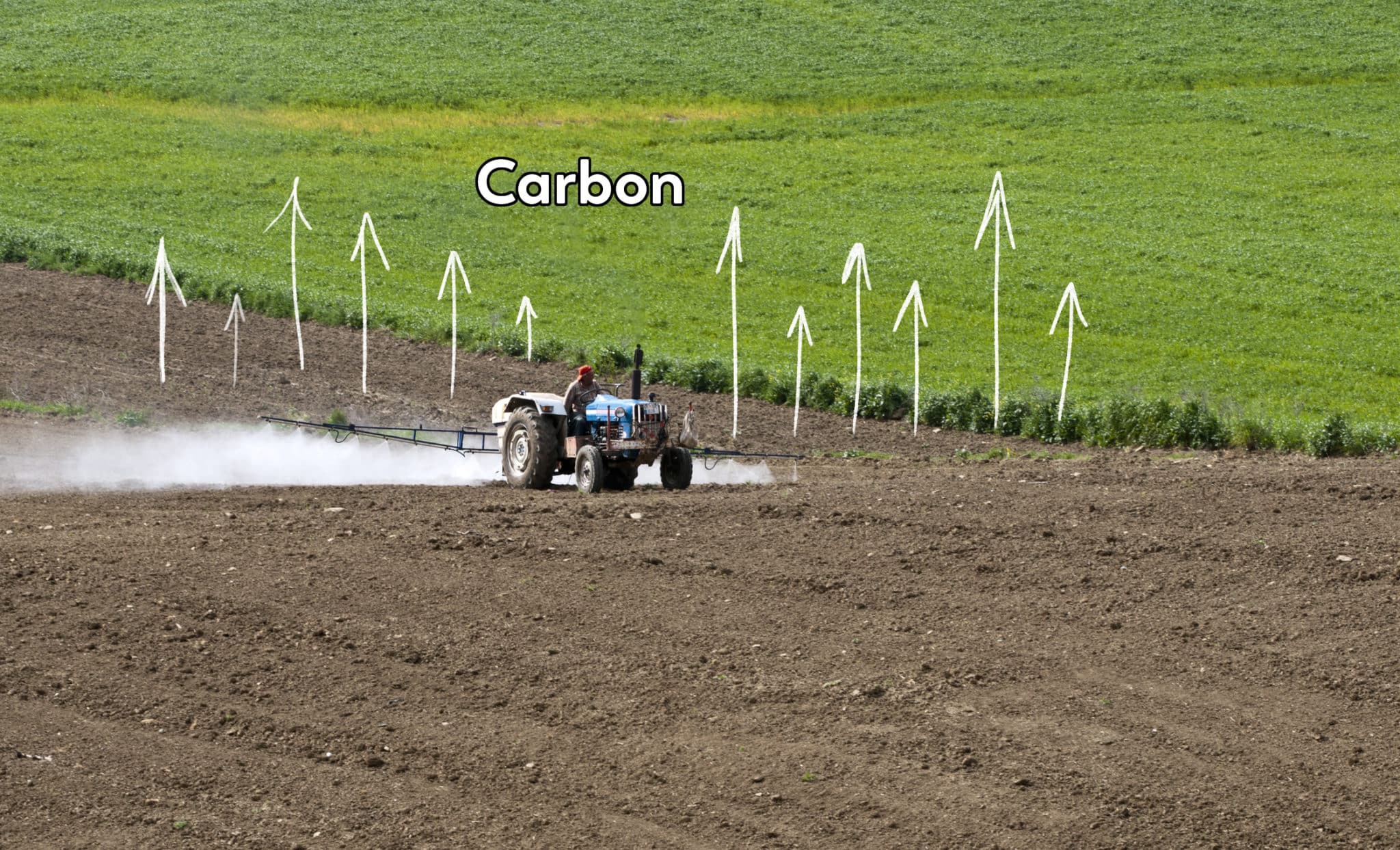

These conventional agricultural practices are linked to increased atmospheric carbon dioxide!
In the past 150 years, carbon dioxide levels in our atmosphere have risen 30%! Scientists estimate that these conventional agricultural practices are responsible for 50-70% of the increase in our atmosphere's carbon dioxide.
Whether or not we are farmers or gardeners, we can be a part of the solution! Let's explore ways we can help restore the health of soil where we live!
